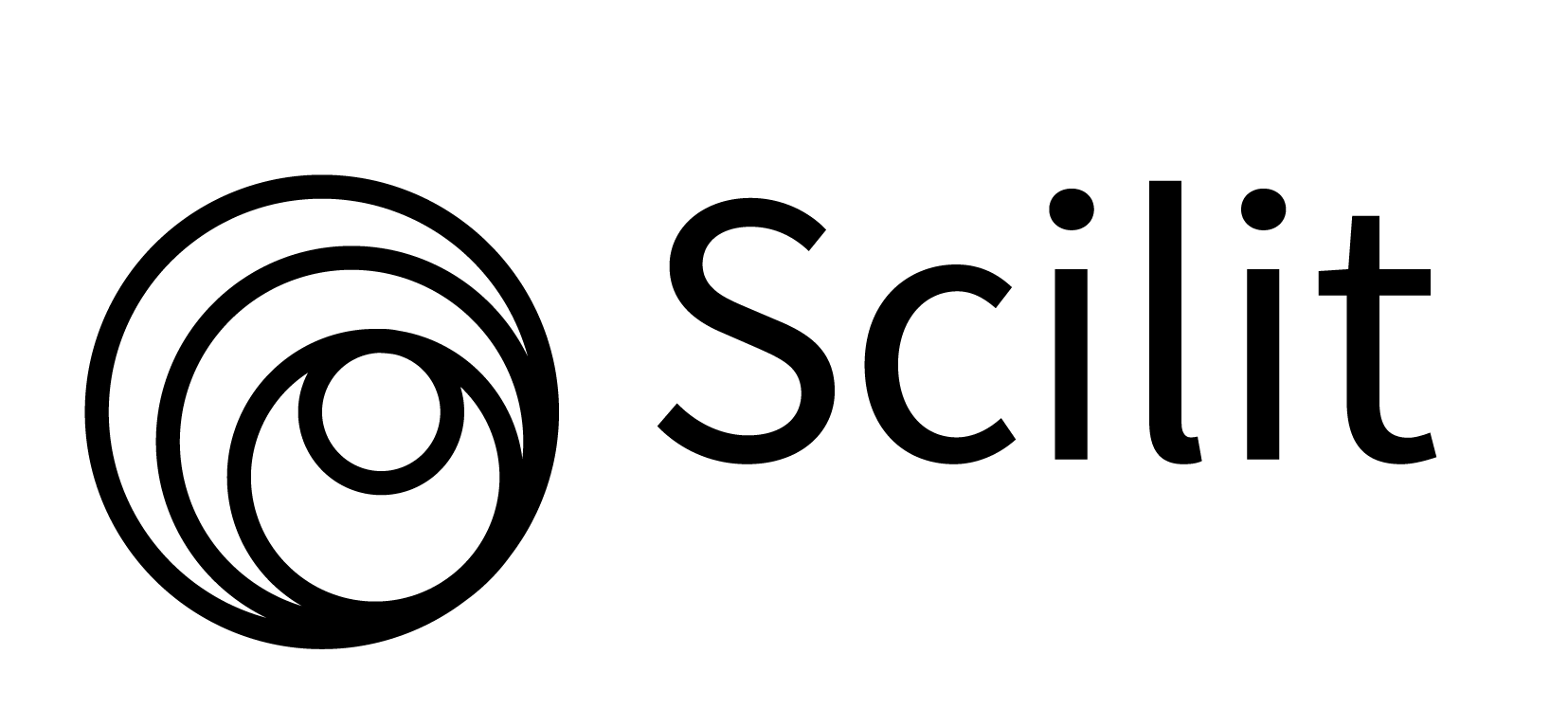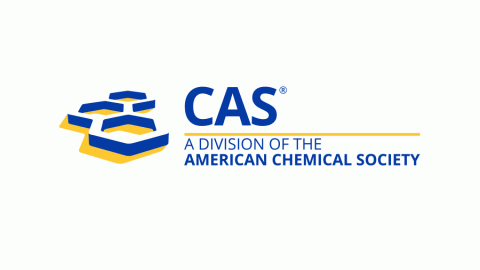Effect of magnetic treatment of irrigation water on germination, growth, yield and popping-quality of popcorn under deficit irrigation
DOI:
https://doi.org/10.55779/nsb14311323Keywords:
germination, irrigation interval, magnetized water, paired t-test, popcorn, popping of popcornAbstract
Popcorn is an important crop that is grown for consumption and snacks production in Nigeria however; it has low production and poor yield to meet the demand in the country. This study was conducted to determine the effect of magnetic treatment of irrigation water (MTIW) on the percentage germination (GP), growth rate (GR), popping-quality and yield of popcorn under deficit irrigation. MTIW was produced by passing the water through pipe surrounded with neodymium magnet rated 1.3 Tesla. Popcorn (FRESHTOP variety) was planted in 16 buckets for MTIW and 16 buckets for non-magnetic water (NMW, as control). Four levels of water application as the treatments with 100% water requirements (1.5 liters), 80% (1.2 liters), 60% (0.9 liters) and 50% (0.75 liters) were applied to the popcorn irrigated with MTIW or NMW and monitored for 100 days. The popcorn was thinned to 1 bucket-1 and grown in a garden shed of 5 by 5m and 3m high at the center and 2.5m at the edges. GP of the popcorn at 100%, 80%, 60% and 50% for MW were 75%, 88%, 75%, 63% and for NMW, were 50%, 63%, 50% and 50%, respectively. Mean grain yield after shelled for 100%, 80%%, 60% and 50% with MTIW were 43.43, 50.86, 39.65 and 35.80 g/bucket and corresponding grain yield for NMW were 29.20, 39.43, 37.27 and 28.41 gbucket-1. Water applied at 80% produced the highest yield. MTIW increased the yield of popcorn by 48.73%, 28.88%, 6.39% and 26.01% for 100%, 80%, 60% and 50%, respectively. MTIW is recommended for growing ‘FRESHTOP’ variety popcorn.
Metrics
References
Abd Ellateef MM, Mutwali EM (2020). Effect of magnetized water on germination and some growth characters of broad bean (Vicia faba L.). Asian Journal of Agriculture and Food Sciences 8(4):98-102. https://doi.org/10.24203/ajafs.v8i4.6145
Abou El-Yazied, AA, Shalaby OA, El-Gizawy AM, Khalf SM, El-Satar A (2011). Effect of magnetic field on seed germination and transplant growth of tomato. Journal of American Science 7(12):306-312.
Akpenpuun TD, Busari RA (2016). Impact of climate on the yield of major tuber crops in Kwara State, Nigeria. Global Journal of Agricultural Science 16:61-65. http://dx.doi.org/10.4314/gjass.v16i1.8
Aladjadjiyan A (2000). The use of physical methods for plant growing stimulation in Bulgaria. Journal of Central European Agriculture 8(3):369-380.
Alattar EM, Elwasife KY, Radwan ES, Abuassi WA (2019). Influence of magnetized water on the growth of corn (Zea mays) seedlings. Romanian Journal of Biophysics 29(2):39-50.
Babu C (2010). Use of magnetic water and polymer in agriculture. Tropical Research 8:806.
Cañizares LCC, Timm NS, Ramos AH, Neutzling HP, Ferreira CD, Oliveira M (2020). Effects of moisture content and expansion method on the technological and sensory properties of white popcorn. International Journal of Gastronomy and Food Science 22:100282 https://doi.org/10.1016/j.ijgfs.2020.100282
Chern CC (2012). Application of magnetic water to stimulate the lady’s finger (Abel mosculentus L.) Moench. plant growth. B. Eng. Thesis submitted to Faculty of Civil Engineering, University of Technology, Malaysia.
Dhawi F (2014). Why magnetic fields are used to enhance a plant’s growth and productivity? Annual Research and Review in Biology 4(6):886-896. https://doi.org/10.9734/ARRB/2014/5983
Ejieji CJ, Adeniran KA (2009). Effect of water and fertilizer stress on the yield, fresh and dry matter production of grain amaranth. Australian Journal of Agricultural Engineering 1(1):18-24.
El-Gizawy, AM, Ragab ME, Nesreen AS, Helal A, El-Satar, Osman IH (2016). Effect of magnetic field treatments on germination of true potato seeds, seedlings growth and potato tubers characteristics. Middle East Journal of Agriculture Research 5(1):74-81.
El-Sayed H, Sayed A (2014). Impact of magnetic water irrigation for improving the growth, chemical composition and yield production of broad bean (Vicia faba L.) plant. American Journal of Experimental Agriculture 4(4):476-496. https://doi.org/10.9734/AJEA/2014/7468
ElShokali AAM, Abdelbagi AM (2014). Impact of magnetized water on elements contents in plants seeds. International Journal of Scientific Research and Innovative Technology 1(4):12-21.
Farahnaky A, Alipour M, Majzoobi M (2013). Popping properties of corn grains of two different varieties at different moistures. Journal of Agricultural Science and Technology 15:771-780.
Helaly AA (2018). Impact of irrigation with magnetized water under different levels of nitrogen and potassium fertilizers on growth and productivity of tomato (Solanum lycopersicon L.). Middle East Journal of Agriculture Research 7(4):1874-1884.
Hoseney RC, Zeleznak K, Abdelrahman A (1983). Mechanism of popcorn popping. Journal of Cereal Science 1(1):43-52. https://doi.org/10.1016/S0733-5210(83)80007-1
Hozayn M, Abdul-Qados AMS (2010). Irrigation with magnetized water enhances growth, chemical constituent and yield of chickpea (Circer arietinum L.). Agriculture and Biology Journal of North America 1(4):671-676.
Iken JE, Amusa NA (2004). Review: Maize research and production in Nigeria. African Journal of Biotechnology 3(6):302-330. https://doi.org/10.5897/AJB2004.000-2056
Kney AD, Parsons SA (2006). A spectrophotometer-based study of magnetic water treatment: Assessment of ionic versus surface mechanisms. Journal of Water Research 40(3):517-524. https://doi.org/10.1016/j.watres.2005.11.019
Maheshwari RL, Grewal HS (2009). Magnetic treatment of irrigation water: its effects on vegetable crop yield and water productivity. Journal of Agricultural Water Management 96(8):1229-1236. https://doi.org/10.1016/j.agwat.2009.03.016
Malathy R, Karuppasamy N, Baranidharan S (2017). Effect of magnetic water on mixing and curing of M25 grade concrete. International Journal of ChemTech Research 10(11):131-139.
Montgomery DC, Runger GC, Hubele NF (1998). Engineering statistics. John Wiley and Sons, Inc, New York, pp 135-248.
Ogunlela AO (2001). Stochastic analysis of rainfall event in Ilorin, Nigeria. Journal of Agricultural Research and Development 1(1):39-49. https://doi.org/10.4314/jard.v1i1.42189
Podlesny J, Pietruszewski S, Podleoena A (2004). Efficiency of the magnetic treatment of broad bean seeds cultivated under experimental plot conditions. International Agrophysics 18:65-71.
Rawabdeh H, Shiyab S, Shibli R (2014). The effect of irrigation by magnetically chlorophyll and macroelements uptake of pepper (Capsicum annuum L.). Jordan Journal of Agricultural Sciences 10(2):205-214.
Srdić J, Perić V, Kolarić L, Kravić N, Babić V, Simić M (2018). The influence of moisture content on popping traits in popcorn. Journal on Processing and Energy in Agriculture 22(4):184-187. https://doi.org/10.5937/jpea1804184S
Yusuf KO, Adeleye AA (2018). Effect of magnetic treatment of irrigation water on growth and yield of maize under different water deficit conditions. FUOYE Journal of Engineering and Technology 3(2):83-87. https://doi.org/10.46792/fuoyejet.v3i2.193
Yusuf KO, Ogunlela AO (2016). Effect of magnetically treated water on the quality of tomato. Kathmandu University Journal of Science, Engineering and Technology 12(2):29-33. https://doi.org/10.3126/kuset.v12i2.21519
Yusuf KO, Ogunlela AO (2017a). Effects of magnetized water on the vegetative growth and yield of tomato. Agricultural Engineering International: CIGR Journal 19(1):1-8.
Yusuf KO, Ogunlela AO (2017b). Effect of magnetic treatment of water on evapotranspiration of tomato. Arid Zone Journal of Engineering, Technology and Environment 13(1):86-96.
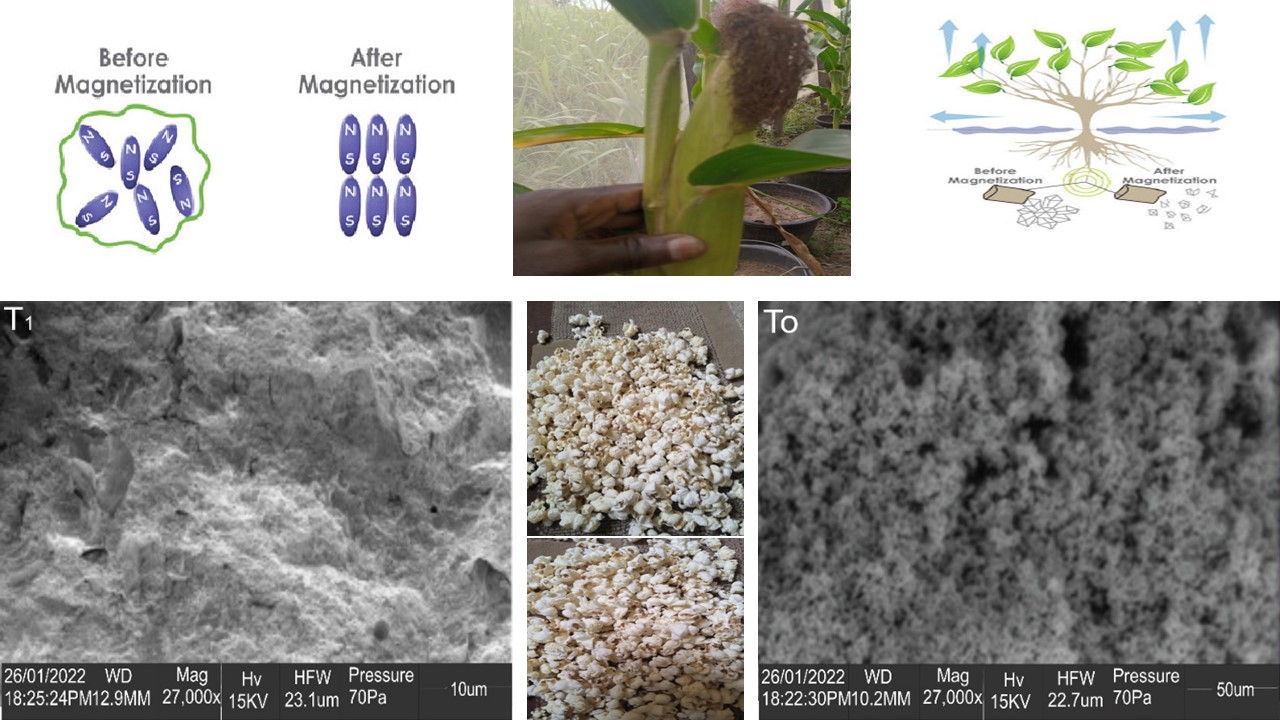
Downloads
Published
How to Cite
Issue
Section
License
Papers published in Notulae Scientia Biologicae are Open-Access, distributed under the terms and conditions of the Creative Commons Attribution License.
© Articles by the authors; licensee SMTCT, Cluj-Napoca, Romania. The journal allows the author(s) to hold the copyright/to retain publishing rights without restriction.
License:
Open Access Journal - the journal offers free, immediate, and unrestricted access to peer-reviewed research and scholarly work, due SMTCT supports to increase the visibility, accessibility and reputation of the researchers, regardless of geography and their budgets. Users are allowed to read, download, copy, distribute, print, search, or link to the full texts of the articles, or use them for any other lawful purpose, without asking prior permission from the publisher or the author.







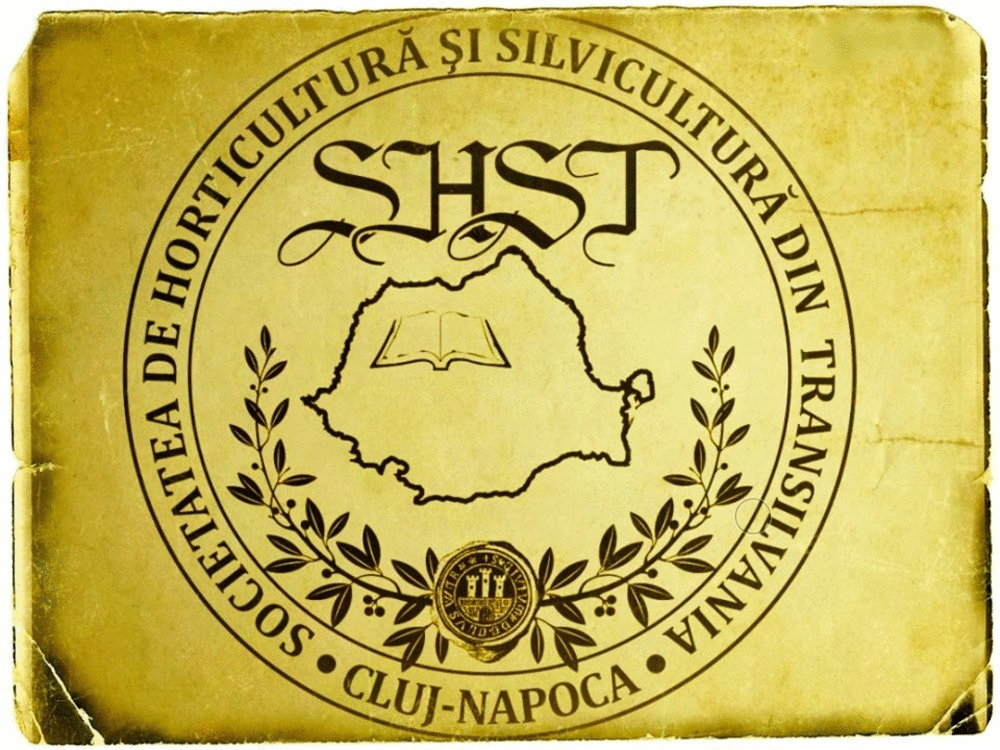
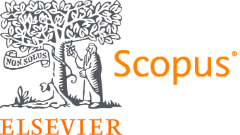




.png)



